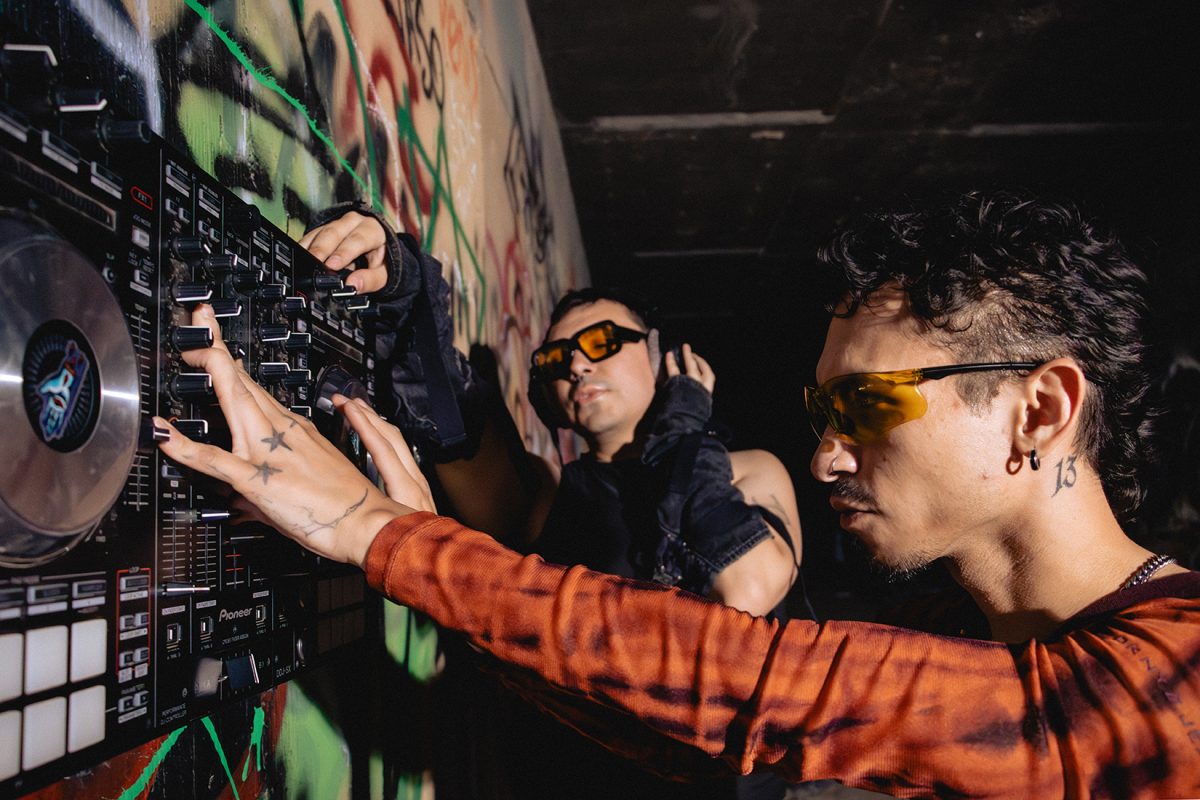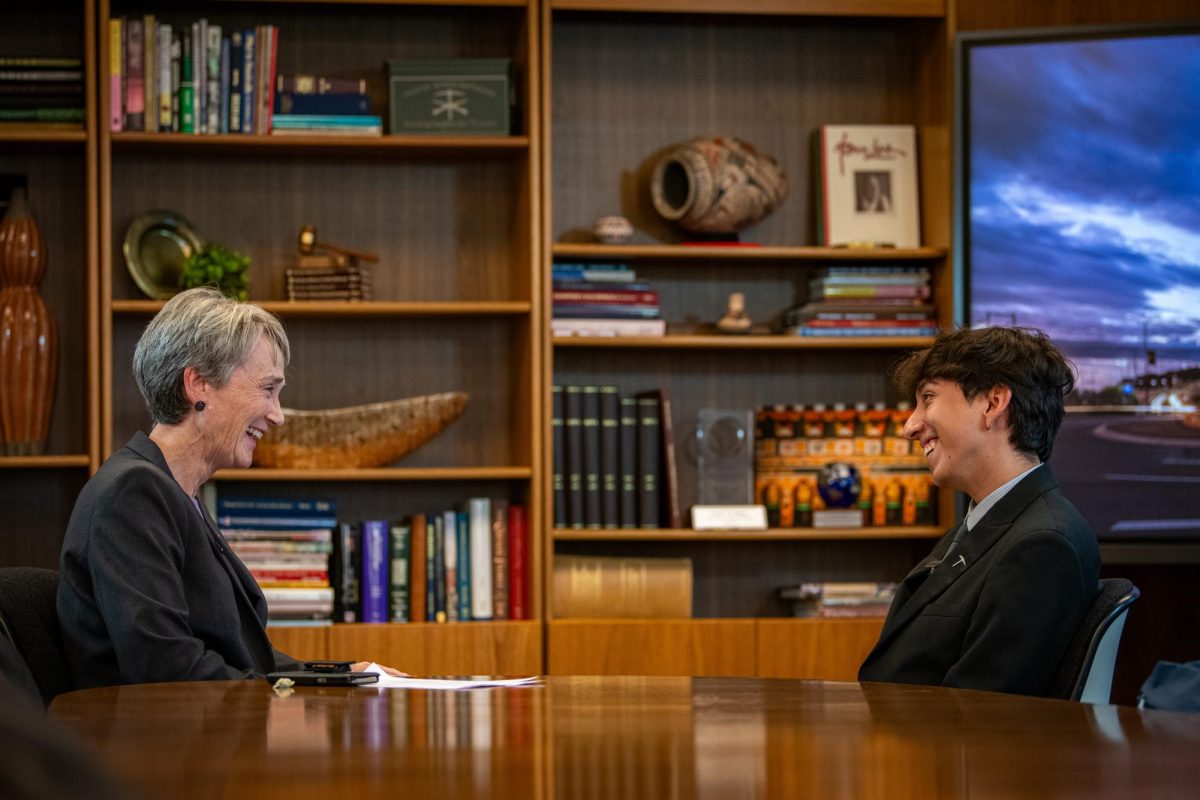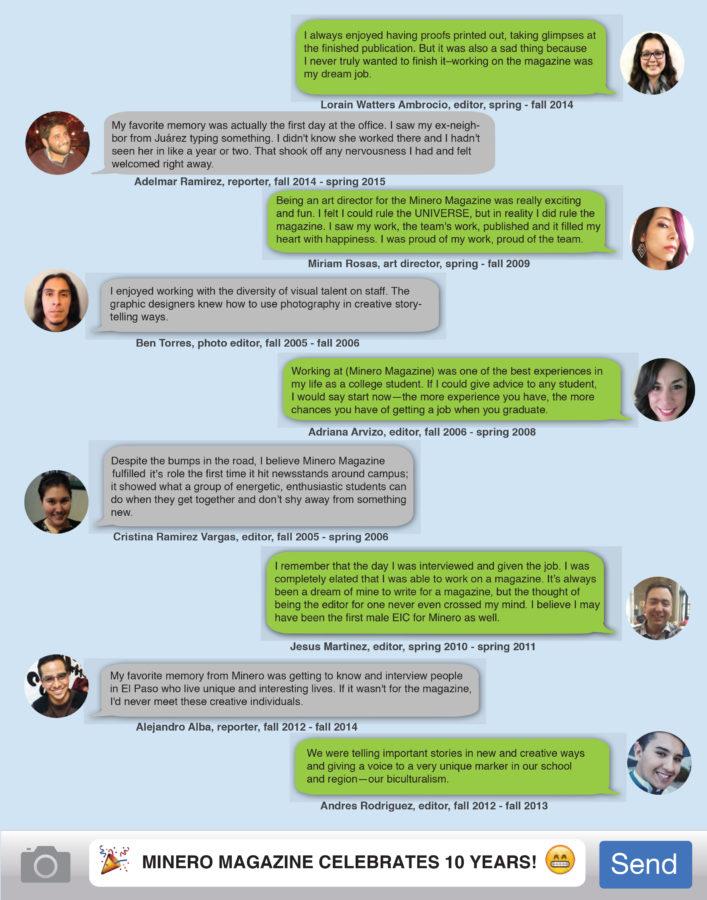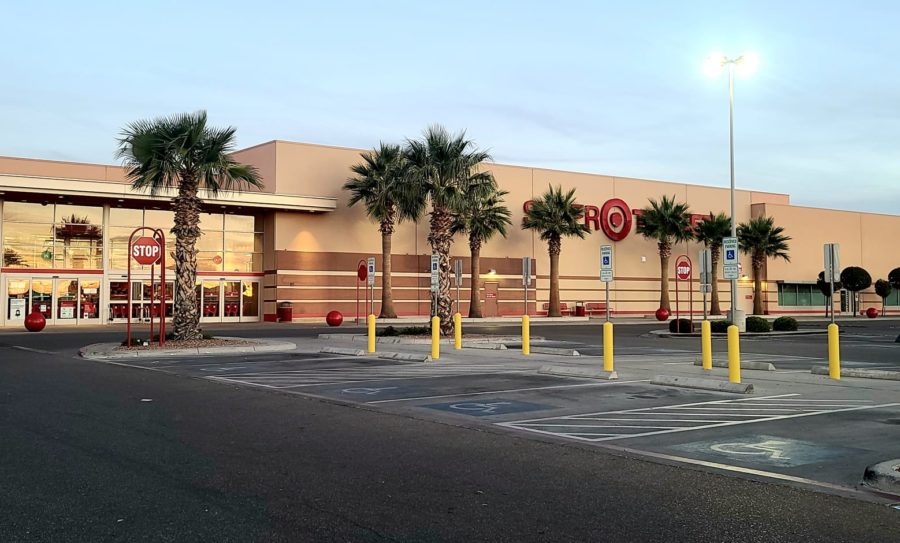By: Jose Soto
In the last few decades, technology has played an integral and advanced role in the development of modern society. From the introduction of the personal computer to the ever-developing smartphone most of us own and utilize today, technology has rapidly advanced its usage in our contemporary world as well as advanced society. There is virtually no aspect of our modern human life that has not been impacted by technology. This includes the social phenomenon of drug trafficking and purchasing.
The transportation of illicit drugs has long been a problematic and controversial issue of society for a long time. Here in El Paso, the border between the United States and Cuidad Juárez has played a major role in drug distribution throughout the borderland. The transporting, distributing and seizing of illegal drugs here in the Sun City is not a new occurrence. The crossing of illicit drugs into the United States through the El Paso/Juárez border has occurred since the early 1800s with the transportation of opium. The drugs and amount might have changed, but the act remains the same.
According to professor of sociology and anthropology at the University of Texas at El Paso, Howard Campbell, the issue rose to prolific heights in the early 1980s. Back then, technology was barely making a prominent impact on our modern society.
“El Paso has always been a sort of gateway for drug trafficking into the United States,” Campbell says. “It dates back into colonial times. But it wasn’t until the 1980s where we saw the issue become such a social controversy.”
Campbell says technology and drug trafficking have always gone hand-in-hand. “Drug trafficking has always kept up with the advancement of technology,” Campbell says. “Drug trafficking–both sides of the spectrum–have utilized technology for their benefit. Drug dealers have obviously benefited from the use of cell phones, personal computers and even things like digital scales and improved packaging. On the other hand, government officials have used technology to track the trafficking and distribution of drugs for accuracy and precision.”
Roger Maier, public affairs specialist for U.S. Customs and Border Protection, says the CBP uses the Automated Targeting System, which compares traveler, cargo and conveyance information against law enforcement, intelligence and other enforcement data using risk-based targeting scenarios and assessments at entry ports to combat illegal drug trafficking.
“We use various x-ray systems, automated license plate readers, radiation detection technology, density meters, fiber optic scopes and other tools,” Maier says.
Despite the advanced technology used by officials, drug traffickers have still managed to bring an impressive amount of drugs into the states.
“Drug traffickers and drug lords have been meticulously keeping up with technology as much as law officials have,” Campbell says. “They’ve kept up with Internet usage, cell phones, mobile applications and even advancement in motor vehicle design. From the beginning of the rise of technology, drug traffickers have found ways of using it for their benefit and even finding ways of encrypting information so that the law doesn’t find out.”
Campbell says that now, drug traffickers are using and designing their own mobile applications and servers to communicate amongst themselves and track their cargo, especially through carefully designed GPS systems and cell phone radar.
“Even through modern social media like Instagram, Facebook Messenger and such, drug traffickers are finding ways of going under the radar to pump their drugs into the market,” Campbell says.
Indeed, social media outlets such as Facebook have soared as a medium for selling illegal drugs. Users who benefit from anonymously setting up accounts where they post pictures of the drug they are selling. Other users can respond through private messages and set the transactions up.
Victor Manjarrez, project director at the Center for Law and Human Behavior, has conducted research specifically on this issue along with other colleagues. What he has found is that the situation is a “brazen” one.
“We concentrated on Facebook specifically,” Manjarrez says. “We found the situation to be problematic.”
Manjarrez says that in the borderland, the situation is different from other regions. “We found that here in El Paso, it’s easier to lure in people to transport drugs because we’re so close to Mexico,” Manjarrez says. “Many of the cartels and drug dealers target a younger demographic by glamorizing the transaction with pictures of drugs, money and women. This makes being a mule romanticized.”
It is easier for the drug traffickers/dealers to target American young adults because they don’t face problems crossing back into the states. “They more than likely have valid driver licenses and insurance,” Manjarrez says.
The situation can get deeper, way deeper. The “deep web”–a term coined for clandestine websites–is where individuals can purchase illegal drugs and much more macabre offerings, including animal mutilation and human trafficking.
“Social media and technological advances pose a host of issues when it comes to drugs,” Manjarrez says. “It’s become a problem for law-enforcement because a lot of this is done through closed circuits and ‘ten-code’ conversation.”
Manjarrez says because of social media, law officials have had to increase cyber monitoring and divisions specifically focused on that. He says Facebook’s policy on criminal activity done on their website needs to be revised.
With the continuous growth of technology, it’s hard to say what the future of drug trafficking will be and what other issues might arise. As both sides of the dilemma benefit from this digital explosion, who knows which one will come first to the finish line.
En Breve
En las últimas décadas, la tecnología ha tenido un papel esencial en el desarrollo de la sociedad moderna. No hay as-pecto en nuestro mundo que no haya sido impactado por la tecnología, incluyendo el fenómeno del narcotráfico.
La frontera entre El Paso y Cuidad Juárez ha sido uno de los centros principales de distribución de drogas de esta región desde los años 1800s, cuando empezó la transportación ilegal del opio.Watch movie online The Transporter Refueled (2015)
“El tráfico de drogas siempre se ha adaptado a los avances tecnológicos,” dice Howard Campbell, profesor de sociología y antropología de UTEP. “En el mundo del narcotráfico, la tecnología ha servido no solo para beneficiar a los criminales sino también a las autoridades del gobierno. Los traficantes han optado por utilizar celulares, computadoras personalizadas y hasta escalas digitales y empacamiento mejorado. Del otro lado, tenemos al gobierno, quienes usan la tecnología para rastrear con precisión la distribución de drogas”.
Roger Maier, especialista de asuntos públicos en las Aduanas y Protección Fronteriza de los Estados Unidos, dice que para combatir el narcotráfico, se utiliza un método llamado Sistema de Rastreo Automatizado, el cual compar conductores, cargas e información vehicular con información registrada en los sistemas inteligentes de la ley.
Redes sociales como lo son Facebook y Twitter también han sido utilizadas por el narcotráfico. Son creadas cuentas falsas donde se anuncian las drogas en venta.
“En El Paso, por su proximidad con México, es más fácil victimizar a los jóvenes, romantizar el mundo del narcotráfico con lujos, dinero y mujeres”, dice Victor Manjarrez, director de proyecto en el Centro de Ley y Comportamiento Humano en UTEP.
Con el continuo crecimiento de la tecnología, es difícil discernir qué futuro le espera al mundo del narcotráfico. Observando como los dos lados, el del crimen y el orden, son beneficiados por la explotación digital, no se puede saber cuál de los dos competidores llegara primero a su meta.


